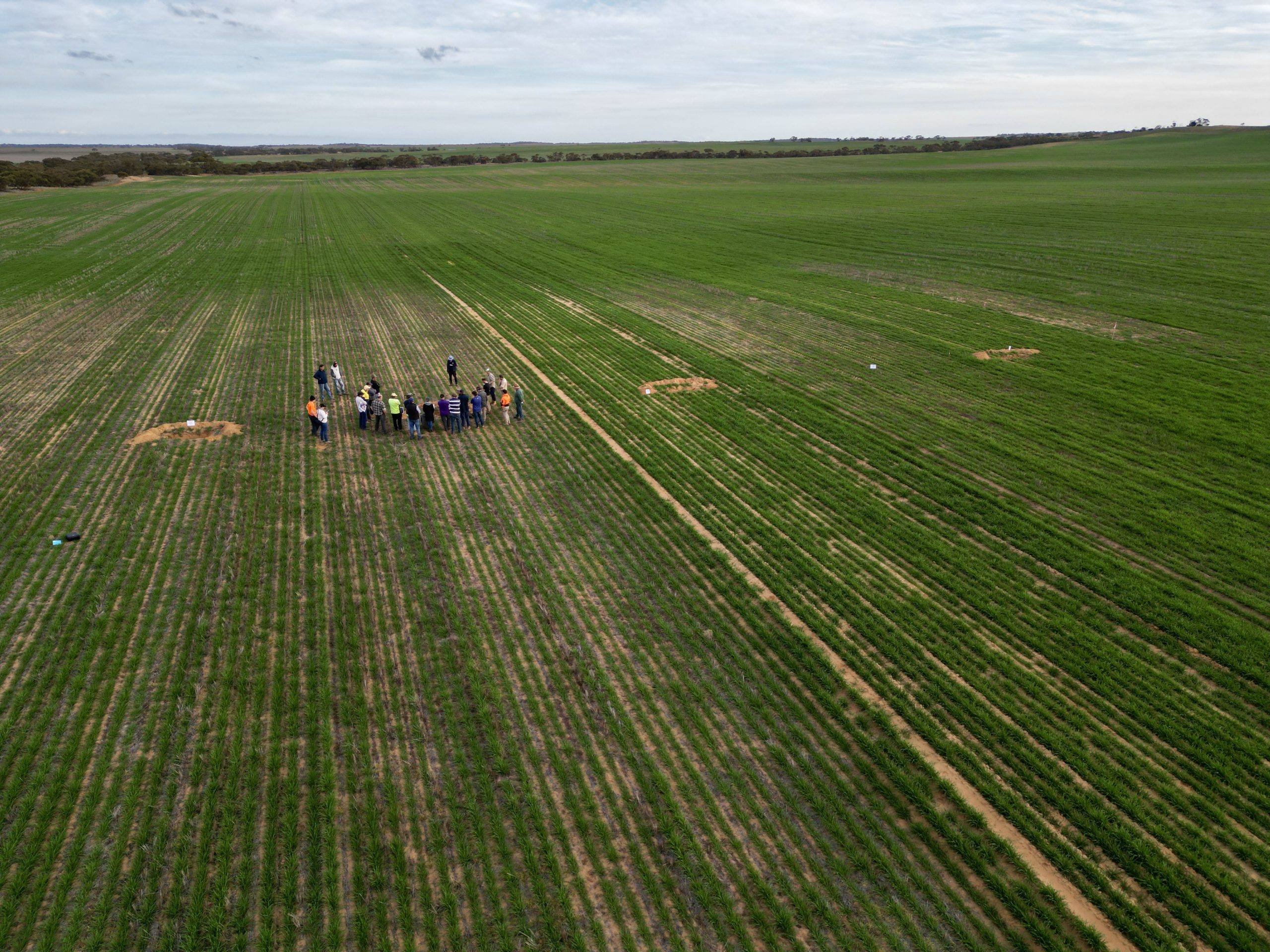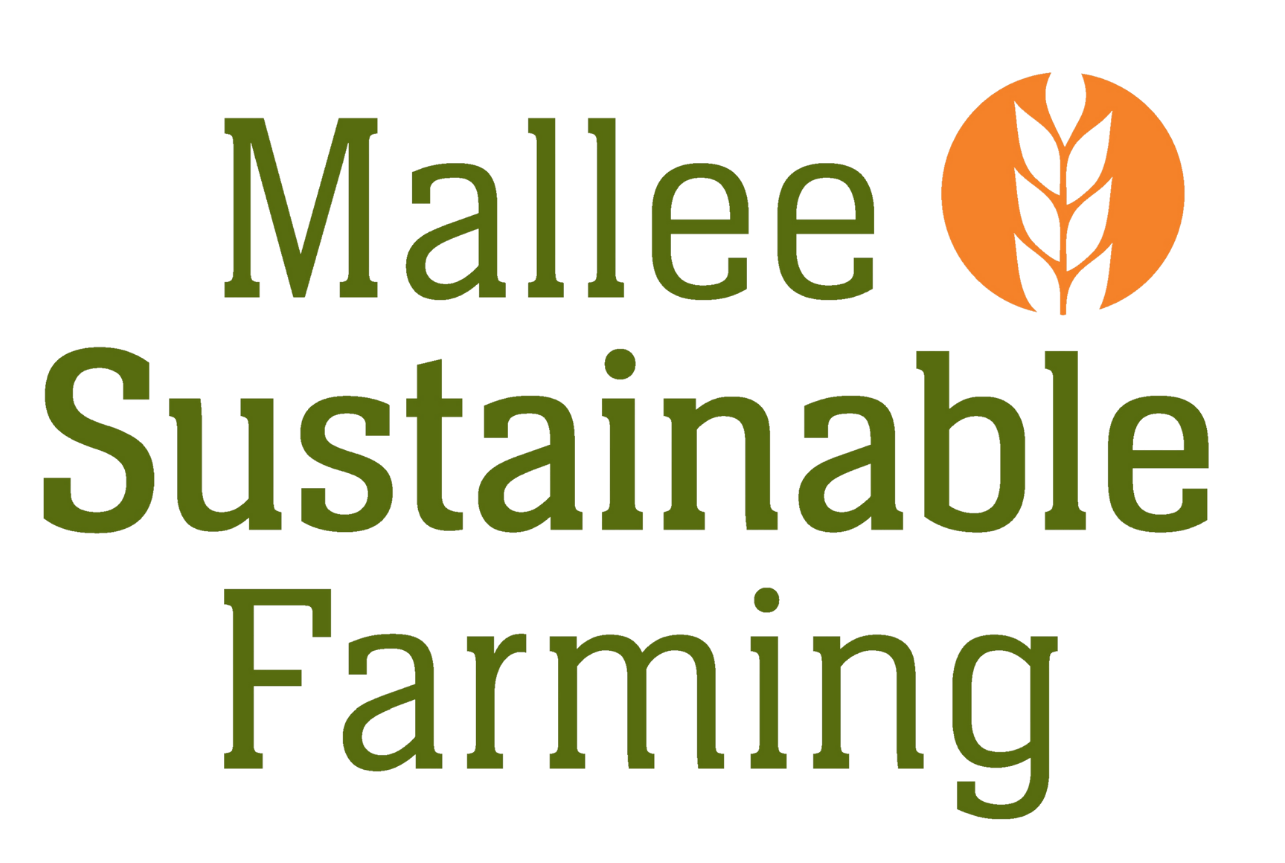
At Mallee Sustainable Farming (MSF), our field days are designed to bring the latest research and practical insights directly to the farming community. A key focus of these events has been the demonstration of different soil amelioration practices and their potential to improve crop emergence and yield on challenging sandy soils, typical of the Mallee region.
What is Soil Amelioration?
Soil amelioration involves the modification of soil properties to enhance its suitability for agricultural production. In regions like the Mallee, where sandy soils can be problematic due to compaction, poor water retention, water repellence and nutrient deficiencies, amelioration practices are crucial. These practices include deep ripping, inclusion ripping (not covered in this blog), inversion plowing, spading, and the use of dual action machinery like the Horsch Tiger, each offering unique benefits and challenges depending on the specific soil conditions.
Field Trials: Seeing Results Firsthand
During a recent field day at Browns Well, MSF showcased several soil amelioration techniques side-by-side, providing farmers with an in-depth look at how these practices can transform problem soils on a paddock scale. Pictures of the machines and what they achieved at Browns Well are summarised below.
Deep Ripping: This practice breaks through compacted soil layers, allowing roots to penetrate deeper and access moisture and nutrients that were previously out of reach. While deep ripping has shown to be effective in improving root growth, it often requires follow-up treatments, as the soil can re-harden over time. However, one of its advantages is that it leaves stubble on the surface, which helps protect against erosion.



Inversion Plowing: Perhaps the most impressive results were seen with inversion plowing. This technique involves turning the soil layers over, bringing deeper, often nutrient-poor soil to the surface and burying organic matter deep into the profile. The inversion plow treatment demonstrated significant improvements in crop vigor and yield potential, likely due to the enhanced root zone and weed suppression it provides. The impact was particularly notable in a dry season, where the inversion plow managed to almost double the potential yield compared to untreated areas.



Horsch Tiger: The Horsch Tiger is a versatile machine designed to combine deep ripping with thorough soil mixing. In the field trials, it performed admirably, moving a substantial amount of organic matter into the soil profile and promoting good root growth down to about 30-40 centimetre. While the crop established in the Horsch Tiger treatment wasn’t as vigorous as in the inversion plow treatment, it still demonstrated consistent performance and could be a viable option for farmers seeking a balanced approach to soil amelioration. One of its strengths lies in its ability to rip and mix soil in a single pass, offering a more integrated solution for improving soil structure while maintaining surface residue to protect against erosion.



Spading: Spading is another effective method, especially when used in conjunction with clay or organic matter. It mixes the topsoil thoroughly, improving soil structure and root growth. However, its use on sandy soils carries a high risk of erosion if not carefully managed. Despite this, spading has shown results nearly on par with inversion plowing in terms of crop vigor, making it a valuable tool in the right conditions.



Choosing the Right Practice for Your Farm
Selecting the appropriate soil amelioration practice depends on various factors, including the specific soil type, the level of compaction, and the farmer’s long-term goals. For instance, while inversion plowing provided the most substantial improvements in yield potential, it also leaves the soil surface rougher and more exposed to erosion, which might require additional management in subsequent seasons.
In contrast, deep ripping and the Horsch Tiger offer less invasive options that maintain surface cover, which is vital for preventing erosion but may not offer as permanent a solution to subsoil constraints.
Conclusion
The field trials at our recent events have clearly demonstrated the potential of soil amelioration practices to significantly boost crop performance on sandy soils. Whether it’s through the aggressive soil turnover of inversion plowing, the integrated approach of the Horsch Tiger, or the more conservative strategy of deep ripping, each method has its place in the Mallee’s unique farming environment.
We encourage farmers to consider these options, take time to understand their soil constraints and if still unsure to consult with experts to determine the best strategy for their specific soil challenges. By integrating these practices into their farming systems, they can enhance soil health, improve water retention, and ultimately, secure better crop yields.
Keep following MSF for info on field trials where we will continue to explore innovative practices that help Mallee farmers thrive in even the toughest conditions.
To listen to the podcast from the Field day click here











